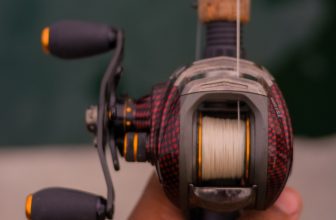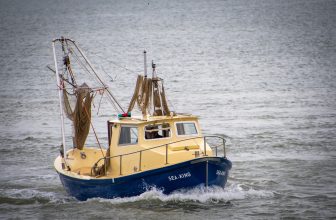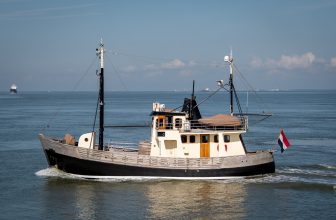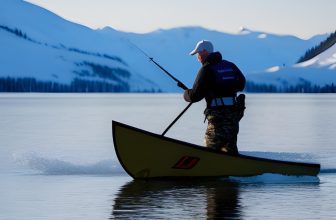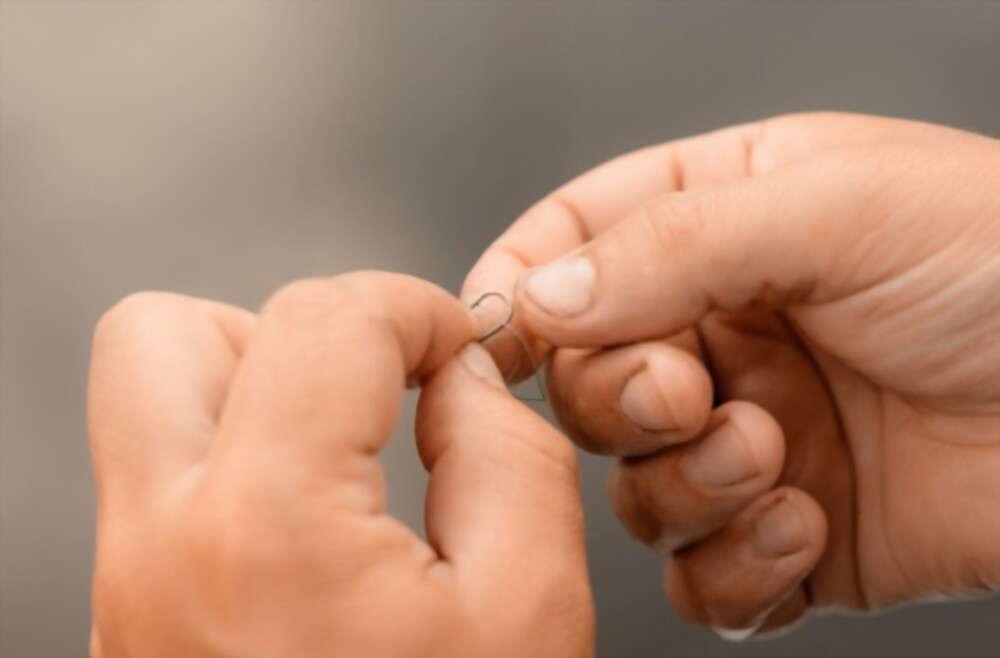
Fishing Knot Basics: A Beginner’s Guide to Tying the Most Common Knots
Knowing the basics of tying fishing knots is essential for anyone that is going to spend time on the water. Being able to quickly and confidently tie a reliable knot is a great way to make sure you are giving yourself the best chance of catching a fish. This beginner’s guide to tying fishing knots covers the most popular and widely used knots.
Palomar Knot
The palomar knot is widely regarded as one of the easiest and strongest knots to tie and is a great choice for novice and experienced anglers alike. To tie the palomar knot:
- Thread the line through the eye of the hook
- Double the line back on itself and make an overhand knot around the standing line
- Tighten the knot by moistening the line and pulling on the tag end
- Tie an overhand knot with the loop and tag end of the line
- Moisten the line and pull the tag end to slide the knot down to the eye of the hook
Once tied correctly the palomar knot can be relied upon to hold your line in place, no matter how hard the fish fights.
Improved Clinch Knot
The improved clinch knot is one of the most popular knots used by anglers and is a great choice for tying hooks to line. To tie the improved clinch knot:
- Thread the line through the eye of the hook
- Make five turns around the standing line
- Go back through the loop that you’ve created
- Tighten the knot by moistening the line and pulling on the tag end
The improved clinch knot is strong, dependable and easy to tie. It is a great choice for all kinds of applications.
Surgeon’s Knot
The surgeon’s knot is the perfect choice for joining lines of different thicknesses. To tie the surgeon’s knot:
- Lay the two lines parallel to each other
- Tie an overhand knot with the two lines
- Tie another overhand knot around the two lines, making sure to pull the second knot tight
The surgeon’s knot is simple to tie and can be used for joining two lines of the same or different size. It is a great choice for those looking to join two lines together.
Tying reliable knots is an essential part of any fishing outing. Knowing how to tie the most popular knots gives anglers the confidence to know that their line is secure and will remain in place, no matter what. With practice, tying the palomar knot, improved clinch knot and surgeon’s knot can become second nature.
What is the strongest fishing knot?
The Palomar Knot is widely considered to be the strongest fishing knot. It is strong, secure, and easy to tie.
What type of fishing line is the strongest knot best suited for?
The strongest knot is typically best suited for monofilament fishing line. Monofilament is a single-strand nylon fishing line that’s very strong and has good abrasion resistance. It also has good knot strength, meaning the knot won’t easily slip or loosen.
What type of fishing line is the best for heavy loads?
Braided fishing line is widely considered to be the best for heavy loads. It is thinner, lighter, and stronger than monofilament and is less prone to breakage and fraying. Braided line also has better abrasion resistance and can easily be tied with other knots without damaging the line or weakening its strength.
What is the strongest type of fishing line?
Braid or braided fishing line is generally considered to be the strongest type of fishing line available. It is made of multiple strands of smaller diameter line that are intertwined or braided together, which gives it a higher breaking strength than monofilament line of the same diameter. It is also more resistant to abrasions and has a smoother surface than monofilament line.
What is the best type of fishing line for casting long distances?
Braided fishing line is the best type of line for casting long distances. It has great abrasion resistance and extremely low stretch, making it very sensitive to bite detection. Its thin diameter also allows for extended casting distances compared with other types of fishing line.
What is the difference between braided and mono fishing line for casting long distances?
The main difference between braided and mono fishing line for casting long distances is their overall profile. Braided fishing line is made up of many finer fibers woven together and is generally more resistant to abrasion and shock than mono fishing line. However, these smaller fibers create more friction on the surface of the water, making braided lines more difficult to cast than mono lines. The lack of friction makes mono fishing line more flexible for handling long casts, as it moves easily through the water. Additionally, mono fishing lines are thinner than braided lines, which can also increase casting distance.
What is the best fishing line for casting long distances?
The best type of line for casting long distances is a braided line. Braided lines are known for their superior strength and low stretch, which provides great casting distance and accuracy. Many people also prefer braided lines for their sensitivity, which allows for more accurate bites detection. Monofilament and fluorocarbon lines could also be used for longer casting distances.
What type of line works best for long distance casting?
A weight-forward floating line is best for long distance casting. This type of line is designed to help the fly line shoot more efficiently and has a slightly heavier tip weight, so it can help cast further. Braided lines are also popular for casting long distances as they have a more uniform diameter and are more streamlined for less water resistance. Additionally, the higher sensitivity of braided lines allows for better detection of delicate takes.
What is the best line for long distance surf fishing?
“The best line for long distance surf fishing should be a high quality monofilament line in the 20-30 lb test range. This line should have good abrasion resistance and should be bright in color to help with visibility while casting.”



